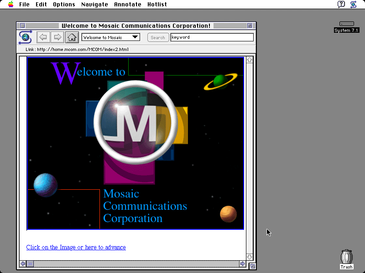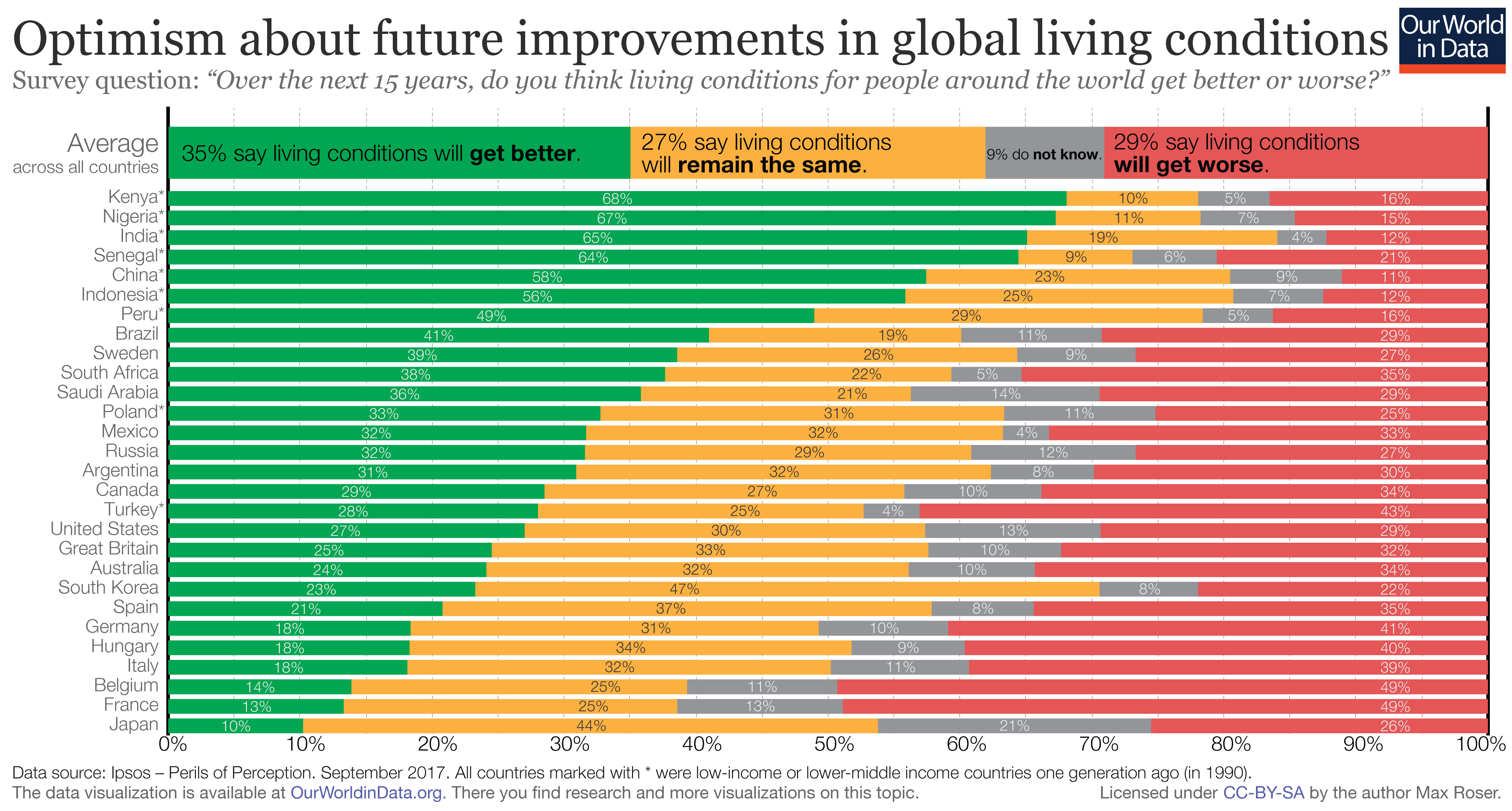
📈 To build we need optimism
Netscape's founder, and the creator of the first web browser, Marc Andreessen wants us to build more. For that, we need more optimism. Optimists have more ideas, create more out of the ideas and do not give up as easily.
Share this story!
Marc Andreessen has a knack for writing seminal pieces.
In 2011 he set the tone for the technology world in the 2010s when he coined the phrase “software is eating the world.” In 2014 he wrote another important article, Why Bitcoin Matters, that got many people (me included) to understand, for the first time, the revolution that was blockchain technology.
His greatest achievement though wasn’t an article, but something he built: Mosaic, the first web browser, that later became Netscape.

Now he has done it again. His article It’s Time to Build has made a big splash.
“Every Western institution was unprepared for the coronavirus pandemic, despite many prior warnings. This monumental failure of institutional effectiveness will reverberate for the rest of the decade, but it’s not too early to ask why, and what we need to do about it.
Part of the problem is clearly foresight, a failure of imagination. But the other part of the problem is what we didn’t *do* in advance, and what we’re failing to do now. And that is a failure of action, and specifically our widespread inability to *build*.”
“Every step of the way, to everyone around us, we should be asking the question, what are you building?”
I agree. Warp Institute agrees. We want to make the future come sooner. That is our mission. We want to inspire and help people to build things. But to do that we need more optimism.
Being optimistic about the future seems to be a big driver of actually building things. Science shows that optimistic people generate more ideas and are more open to the ideas of others. As I’ve shown in the two articles on the Wisdom of Crowds (part 1, part 2) sharing ideas is the biggest driver of innovation and progress.
But not only that, optimists are also more likely to take more action on those ideas, and make something of them. Start a project, found a company, or something else that will make the idea into reality.
When you start something you’ll often run into some problems or obstacles. Then optimists are less likely to give up. But if they have to, if the obstacles are too big to overcome, they are more likely to try again with a new idea.
Andreessen writes mainly about the U.S. but his criticism applies for most level four countries (the richest countries, according to Hans Rosling’s four income levels.)
One reason for the lacking of building might the large-scale pessimism in most of those countries.
Only 27 percent in the U.S. think living conditions in the world will be better in 15 years. 59 percent don’t. Swedes are a little bit more optimistic, 39 percent think the world will improve, but still more people, 53 percent, think otherwise. In Japan only 10 percent are optimistic about the future, 13 percent in France and 18 percent in Germany.

When asked about their kids and their financial future, we also see pessimism. 60 percent of Americans think their children will be worse off, 64 percent in Canada, 68 percent in the UK, and 85 percent in Italy.
If you want to find optimists you need to go to the developing world, level two and three countries. In Vietnam 91 percent think their children will be better off financially, Nigeria 84 percent, Ethiopia 84 percent, India 74 percent, Senegal 64 percent, and Pakistan 51 percent. Israel seems to be the only level four-country with more optimists than pessimists.

What we need more of is what Peter Thiel calls definite optimism. Thiel was one of the founders of PayPal, then the first outside investor in Facebook, and also the founder of billion-dollar startup Palantir. He has been saying similar things to Andreessen.
In his book Zero to One he writes:
“We wanted flying cars, instead we got 140 characters.”
By that, he meant that in the 50s we dreamed of society with things like flying cars. Instead, we got social media chatter. I find it unnecessarily harsh on social media, but he has a point.

In the book he also divides optimism and pessimism into four categories.
Definite optimism: Believes the future will be better than the present and works to make it better.
Indefinite optimism: The future will be better than the present, but does not know how exactly, so makes no specific plans.
Definite pessimism: Thinks the future is bleak, but prepares for it.
Indefinite pessimism: Sees a bleak future, but has no idea what to do about it.
If it’s the lack of building large things that drives pessimism, or pessimism that stops us from building more large things, I don’t know. Probably both. And the solution to stop the pessimism is probably also both. We need to start building more. That will inspire others to do the same. That will increase optimism of what is possible to achieve and even more will be built.
We should invest time and money in the big improvements, those who make things ten times better, not just ten percent better.
Some of these efforts will fail. Sometimes spectacularly. But sometimes it will succeed and we will make great strides forward and in a short time improve our lives significantly.
That will make us even bolder, and build something even bigger the next time.
By becoming a premium supporter, you help in the creation and sharing of fact-based optimistic news all over the world.


